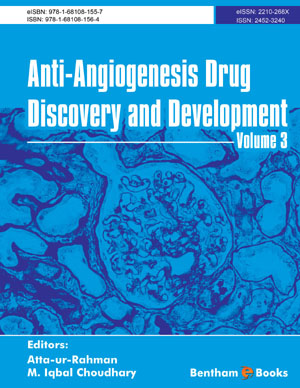Abstract
The signaling nucleoside adenosine is produced intra- and extracellularly under physiologic and, more importantly, under pathologic conditions. Adenosine modulates cellular functions involved in injury, metabolic derangement, energy perturbations, and inflammation. The biologic effects of adenosine are mediated by four adenosine receptor (AR) subtypes of the G-protein coupled receptors (GPCRs) family: A1AR, A2AAR, A2BAR and A3AR. In the cardiovascular (CV) system, adenosine and its receptors are intricately involved in the regulation of myocardial contraction, heart rate, sympathetic control, conductivity, vascular tone, cardiac and vascular growth, inflammation, injury and apoptosis. As such, the modulation of the adenosinergic system has therapeutic potential for cardiovascular diseases (CVDs) such as metabolic disorders, atherosclerosis, hypertrophy, ischemic heart diseases, and heart failure. Nevertheless, despite the many years of investigation and experimentation only a few drugs targeting the adenosinergic system were developed and actually have reached clinical application. This chapter outlines the unique role adenosine plays in the CV system in physiology, pathology, and potentially therapeutic pharmacology. It also presents an updated review of the different adenosine receptors ligands, and their clinical potential in different CVDs.
Keywords: 4′-oxonucleosides, 4′-selenonucleoside, Adenosine, Adenosine receptors, Allosteric modulator, Atherosclerosis, Binding affinity, Capadenoson, Cardiac hypertrophy, Cardiovascular system, CGS 21680, Heart failure, Ischemic heart disease, Istradefylline, Metabolic disorders, Receptor dimerization, Receptor desensitization, Regadenoson, Rolofylline, Tecadenoson, Xanthine.






















